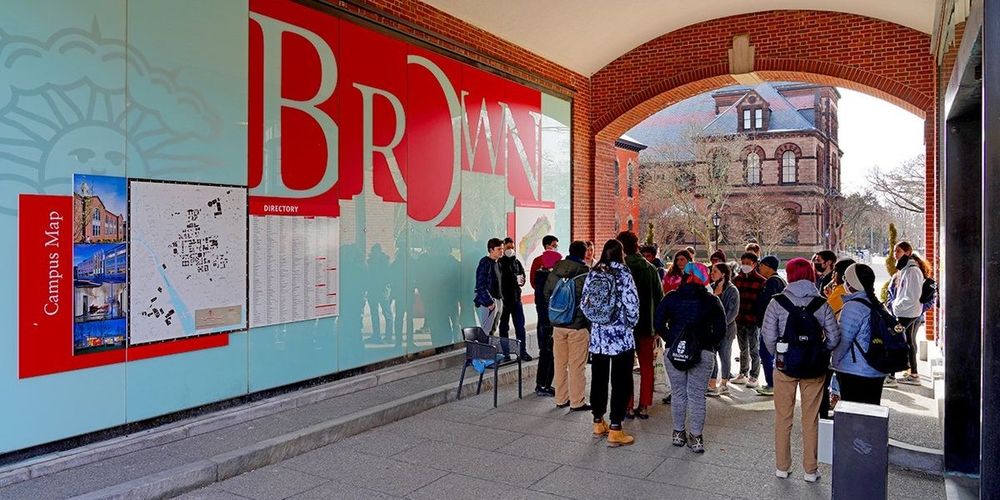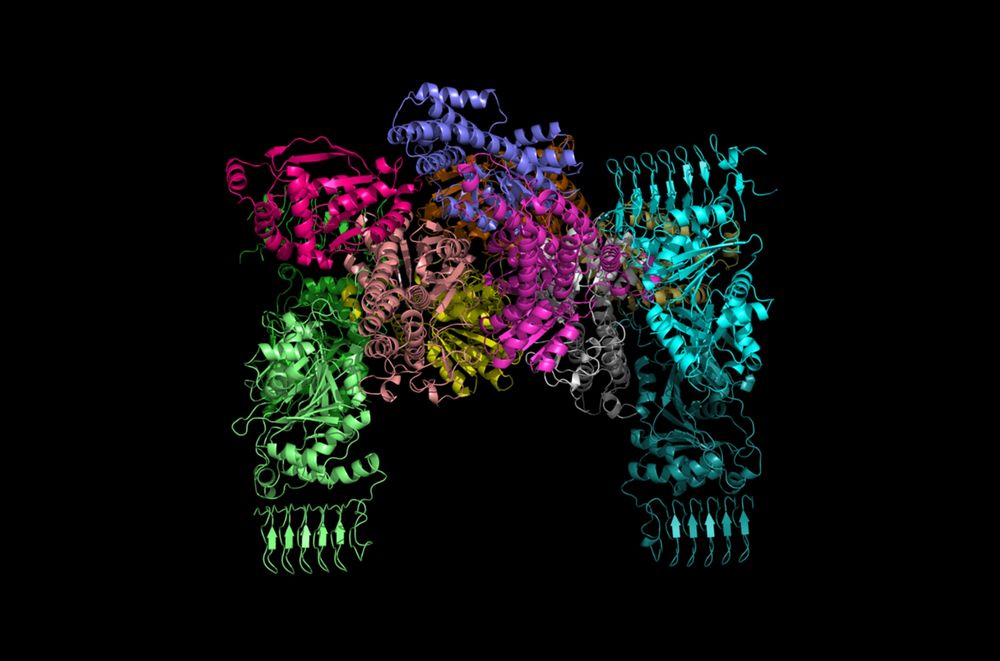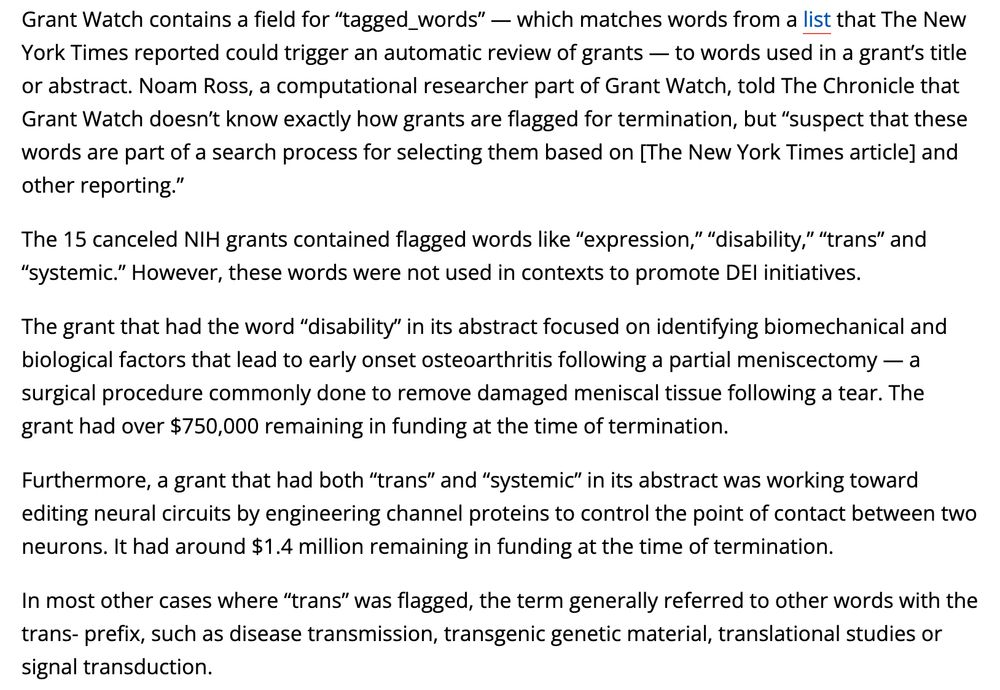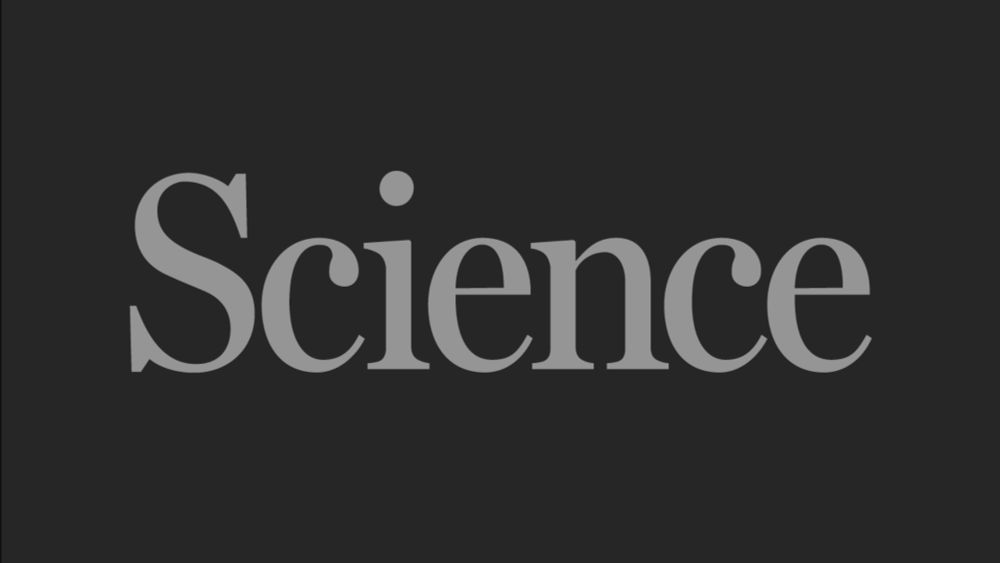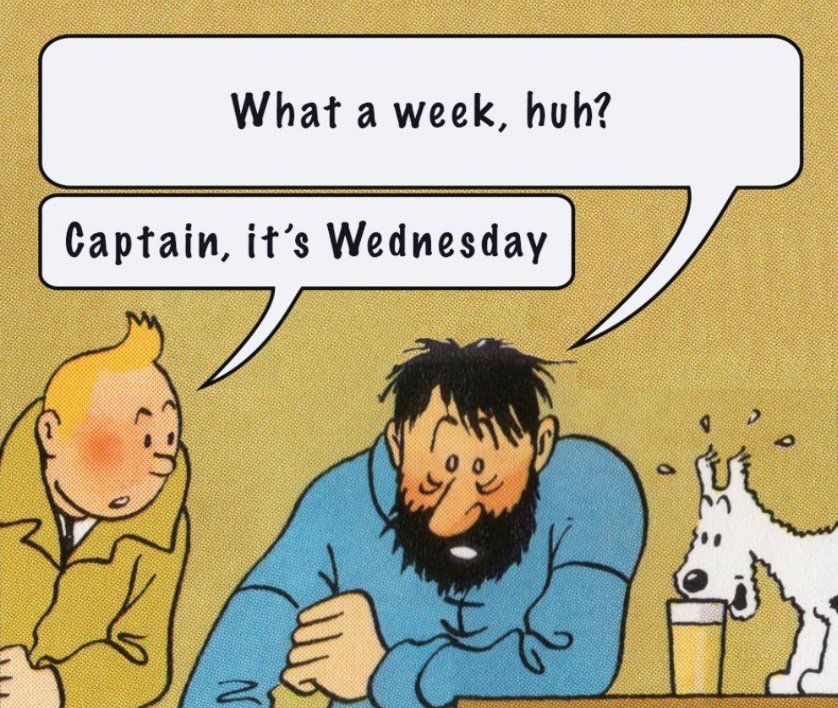Dylan N. (They/Them)
@kpmanstheorem.bsky.social
100 followers
200 following
29 posts
Postdoc in Filizola Lab @ ISMMS | Voelz lab + Folding@home alum | Muay Thai
Posts
Media
Videos
Starter Packs
Reposted by Dylan N. (They/Them)
Simon Dürr
@simonduerr.eu
· 16d

Don’t let generative AI shape how we see chemistry | Nature Reviews Chemistry
When generative artificial intelligence (AI) draws molecules, it doesn’t just get the science wrong — it risks reshaping how we see chemistry, spreading incorrect representations of our world that mislead learners, distort peer-reviewed reports, and erode trust in scientific work and rigour.
www.nature.com
Reposted by Dylan N. (They/Them)
Reposted by Dylan N. (They/Them)
Reposted by Dylan N. (They/Them)
Mark A. Hanson
@hansonmark.bsky.social
· Aug 30
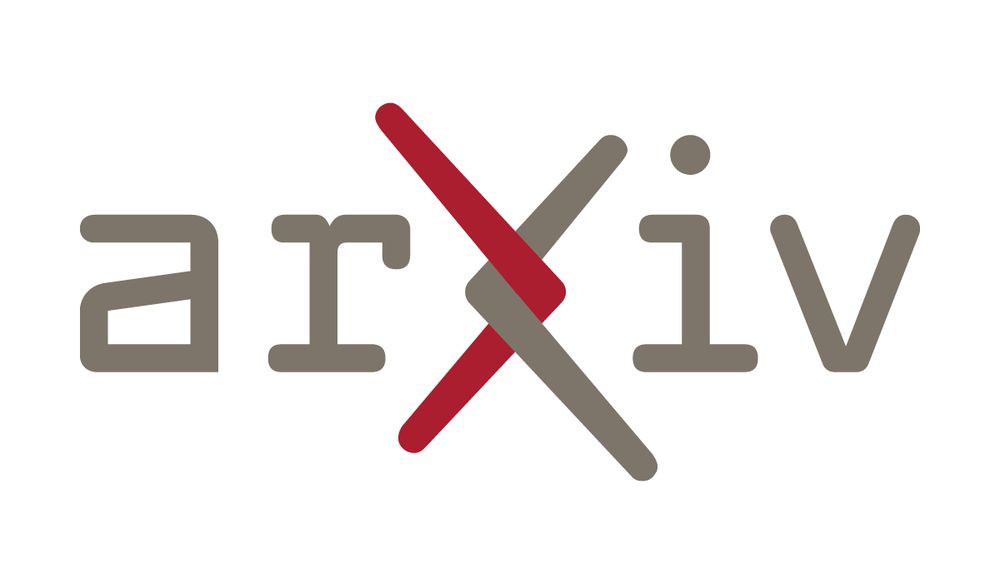
Publish to Perish: Prompt Injection Attacks on LLM-Assisted Peer Review
Large Language Models (LLMs) are increasingly being integrated into the scientific peer-review process, raising new questions about their reliability and resilience to manipulation. In this work, we i...
arxiv.org
Reposted by Dylan N. (They/Them)
Reposted by Dylan N. (They/Them)
Reposted by Dylan N. (They/Them)
Reposted by Dylan N. (They/Them)
Vincent Voelz
@voelzlab.bsky.social
· Jun 29
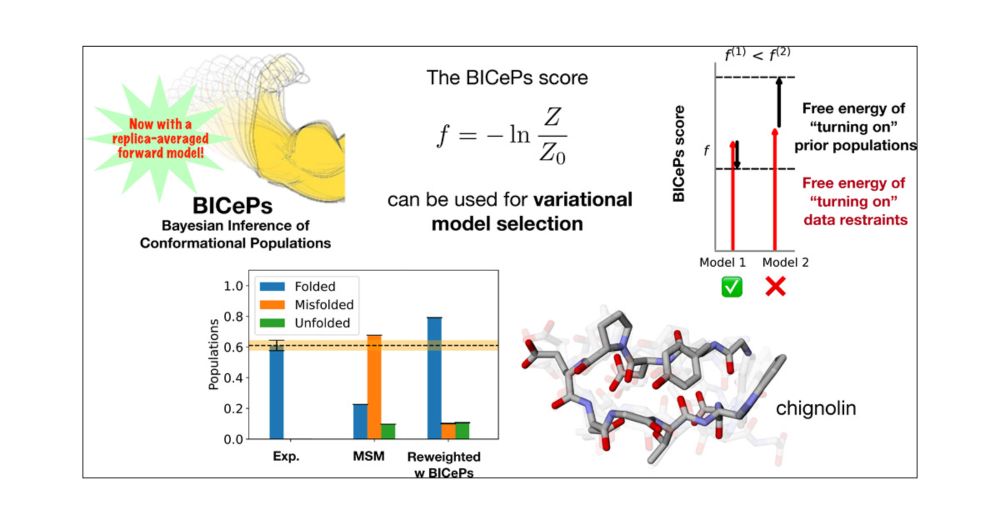
Model Selection Using Replica Averaging with Bayesian Inference of Conformational Populations
Bayesian Inference of Conformational Populations (BICePs) is a reweighting algorithm that reconciles simulated ensembles with sparse and/or noisy observables by sampling the full posterior distributio...
doi.org
Reposted by Dylan N. (They/Them)
Reposted by Dylan N. (They/Them)
Vincent Voelz
@voelzlab.bsky.social
· Jun 23
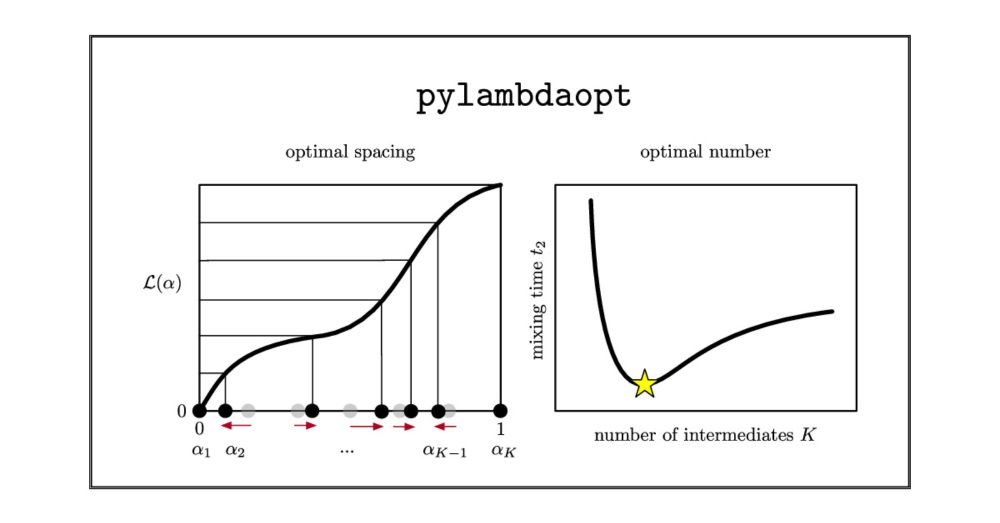
Simple Method to Optimize the Spacing and Number of Alchemical Intermediates in Expanded Ensemble Free Energy Calculations
Alchemical free energy calculations are essential to modern structure-based drug design. Such calculations are usually performed at a series of discrete intermediates along a nonphysical thermodynamic...
doi.org
Reposted by Dylan N. (They/Them)
Reposted by Dylan N. (They/Them)












